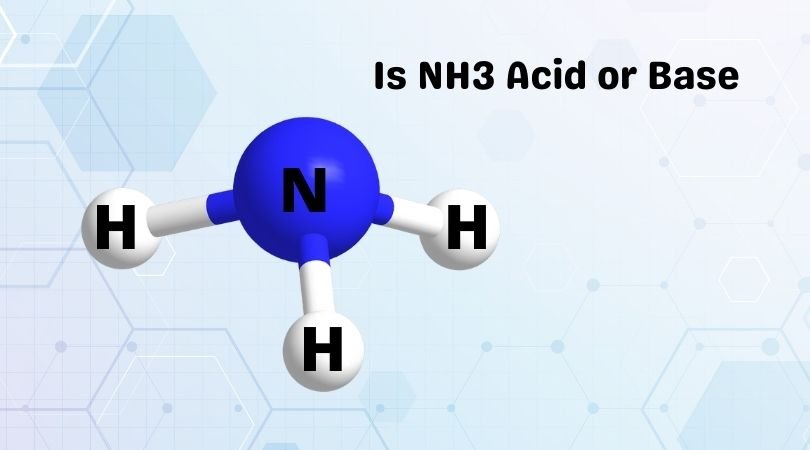Organic chemistry is one such course that is interesting yet a bit tricky to understand. However, if you are well-versed with all the basic concepts of organic chemistry and familiar with the terms, it becomes a little easy. And so to help you out with it, let us start with the most frequently asked questions regarding chiral carbons and how to find one.
What is chiral carbon?

A carbon atom has the four valence electrons and so it can attach to four atoms at a given time. When such a carbon atom is attached to four different groups at the same time, this carbon atom is known as a chiral carbon or asymmetric carbon. This atom has a center through which it is attached to the four different groups that are referred to as chiral centers. Generally, when the carbon atom bonds to four groups at a given time, these groups are placed in the four corners of the tetrahedron pattern.
Chiral carbon atoms are also called stereogenic carbons. However, it should be noted that all the functional groups attached to the carbon atom are different from one another. The term chirality means it can’t be a molecule having such property cannot be superimposed.
How to find chiral centers?

As mentioned above, any molecule that has chiral centers when mirrored will not be superimposable. Using this same concept, one can find the chiral centers in the given compound. Chiral atoms, which are also known as asymmetric atoms, have no plane of symmetry. E.g., your left and right hand are mirror images of each other but cannot be superimposed.
Here superimposable refers to when the mirror images, when kept on one another, seem the same. But when any given atom has chiral centers, it will not have superimposable mirror images. Similarly, achiral centers will have superimposed mirror images. And to make it easier for you just look at the four substituents of the carbon atom. If all the four functional groups differ from one another, then it is a chiral atom and that particular carbon atom is the chiral center of the molecule.
For example, CH4 is not a chiral compound because it has the same substituents in all its four positions. Similarly, amino acids, DNA, RNA have chiral centers because they have different functional groups.
Another property that can aid you in finding the chiral centers is their optical activity. The compounds that have chiral carbons are optically active, which means they can bend the plane of polarized light. And based on the direction of rotation, the compounds are either laevorotatory or dextrorotatory, L and D.
When the compounds bend the plane of polarization in the right direction when the light is passed through, then it called dextrorotatory. While when it bends the light towards the left direction, it is called laevorotatory.
What are enantiomers?

So by now, you might be knowing that isomerism or isomers mean the atoms with the same molecular formula but with the different spatial arrangement of atoms. These isomers are further classified as:
- Structural isomerism: isomers with same molecular formula but differ in bonded atoms
- Stereoisomerism: isomers with same molecular formula but differ in the orientation of atoms
The compounds that have chiral carbons tend to bend the light in one of the two directions. So a given compound lets say lactic acid can have two isomers L-Lactic acid and D-Lactic acid due to the difference in their orientation. Such stereoisomers that are mirror images of one other but non- superimposable are called enantiomers.
In a nutshell, stereoisomers that are related to each other by reflection are called enantiomers. These isomers will have the same physical property and the chemical formula but only differ in their orientation. One such example of enantiomers is our pair of hands.
Concluding Remarks
To summarize, chirality means a compound that has mirror images that are not superimposable. The compounds having chiral centers are optically active and bend the light that causes the rotation in the plane of polarization. This rotation decides the orientation of the given compound. And a molecule that has the same chemical formula but different orientation are called enantiomers of each other.




